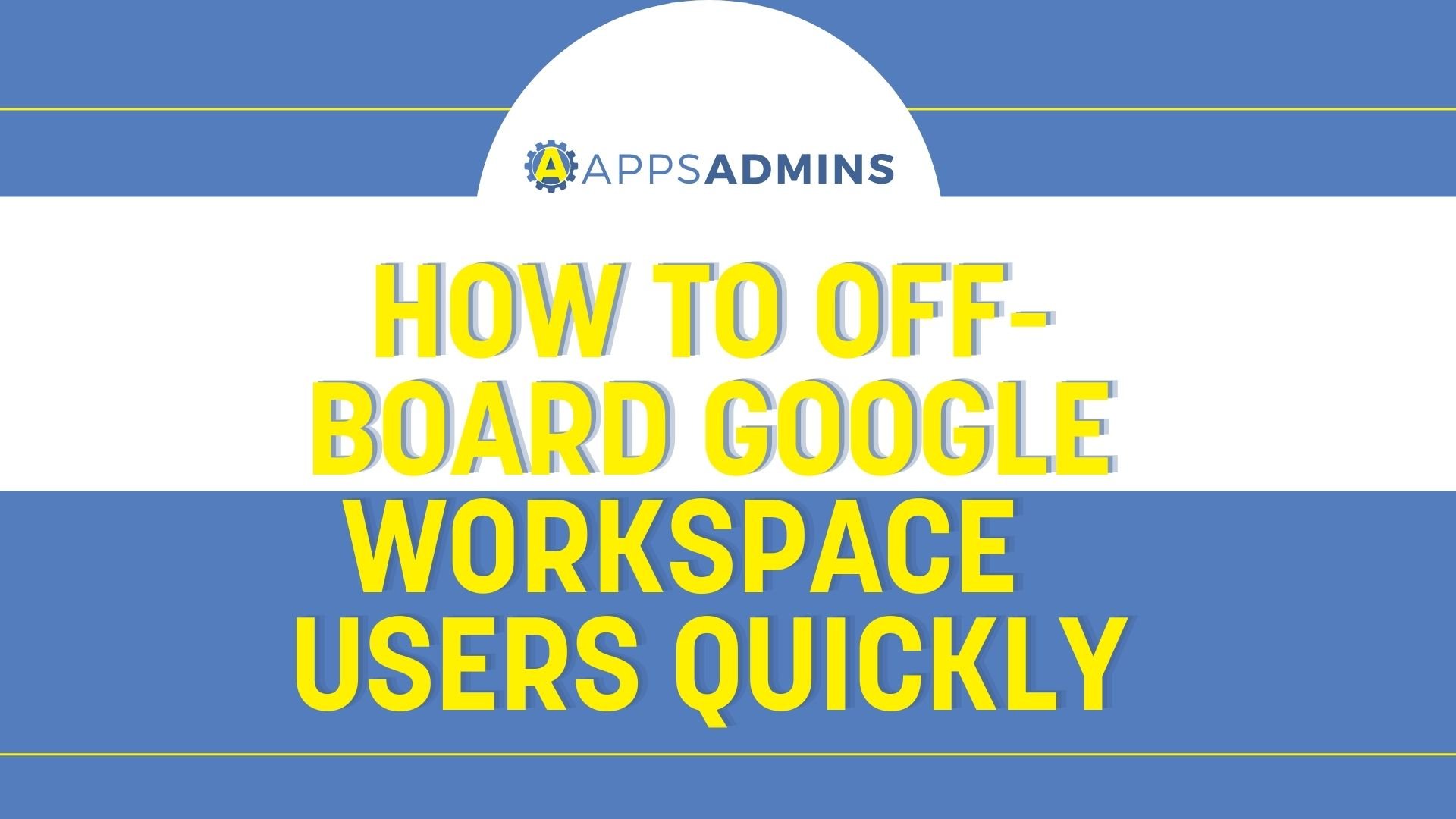G Suite Business Free for 30 Days
Sign up for a Free 30 Day Trial of G Suite Business and get Free Admin support from Google Certified Deployment Specialists.


Recently, as the overall enterprise awareness of the cloud has continued to build, increasing numbers of enterprises are outsourcing their workload deployments to this versatile new structure. In the past, companies only considered a single vendor or cloud provider, but the market is now changing rapidly, with more options becoming available from a variety of providers, from Google to Amazon, and more.
A host of new deployments and productivity options is making it possible for CIOs to mix and match their cloud platforms and providers depending on what they need. There is a range of benefits to this approach, but several complexities to consider too.
Research from EDG outlines that "75% of current public cloud infrastructure customers use multiple cloud providers" - Dan Conde, ESG Research, 2017. (ESG Research Report, 2017 IT Spending Intentions Survey, March 2017).
With that in mind, how can CIOs achieve the benefits of the multi-cloud, without falling victim to the challenges? The answer could be in finding the right partner.
The Value of the Multi-Cloud
For most CIOs, multi-cloud will be the next logical step on their journey into the cloud. With multiple cloud providers, CIOs and leaders can:
-
Design Cloud infrastructure using the best possible tools. In other words, you can tailor-make your cloud deployment according to the specific needs of your business. Open-source tools mean that you can pick the platforms that are right for your needs.
-
Prevent lock-in with a single vendor. With multi-cloud, CIOs don't need to be at the mercy of a single vendor's choices for business, sales cycles, or technical roadmaps. You're in charge.
-
Ensure business continuity. The multi-cloud model provides a level of redundancy that helps to limit the risk of downtime. While service provider outages aren't as common as they once were, the potential risk to today's customers is somewhat greater.
According to the Worldwide IT Industry predictions for 2017, issued by IDC FutureScape: "More than 85% of enterprise IT organizations will commit to multi-cloud architectures by 2018". (IDC FutureScape: Worldwide IT Industry 2017 Predictions.)
"More than 85% of enterprise IT organizations will commit to multi-cloud architectures by 2018" - IDC
The Challenges of Multi-Cloud
Multi-cloud is efficient, effective, and excellent for budgetary purposes. However, it's not as simple as it might seem. Multi-cloud also creates a host of operational and management challenges for companies to address. Getting up to speed on a single platform for cloud can take time and dedicated resources. This often means that most IT teams don't have the expertise and budget available to manage a mixed deployment of solutions.
The challenges of multi-cloud include:
-
Management overhead: Multi-cloud can require a higher level of expertise when determining what should be moved into the cloud, when, why, and where. This means that you need to think more about your management overhead. Ultimately, the implementation of different platforms will require expertise in a wider range of subjects.
-
Interoperability: CIOs will need to make sure that the cloud vendors that they're working with offer interoperability - or else face additional problems. The lack of interoperability would lead to the use of workarounds and APIs, which make deployment even more complex.
-
Complexity: Finally, the most significant challenge of the multi-cloud is its obvious complexity. The emergence of new technologies, different services, interfaces, and terminology can be hard to keep up with.
On top of that, moving your one IT infrastructure into the cloud is one challenge, but moving your IT operations is something else. CIOs need more than just another IT vendor to help them address the issues of multi-cloud, they need a professional, core-focused partner to help optimize their deployment.
The Solution to Multi-Cloud: Partners with Deep Expertise
Rather than simply working with another vendor who might further complicate your cloud deployment issues, CIOs need to consider the benefits of streamlining the processes with the use of second cloud experts. In other words, this refers to specific cloud vendors that niche within a cloud deployment area.
Examples of High Niche Expertise in Multi-Cloud:
-
10th Magnitude focuses purely on Azure
-
COOLHEAD TECH FOCUSES ENTIRELY ON G-SUITE AND GOOGLE CLOUD
-
Cloud Nexus focuses only on Amazon Web Services
By using second cloud experts, you can ensure that you're making the most of specific deployment packages in the cloud before you continue to add further complexity to your current system. These experts may help you to find answers to your business problems within your existing multi-cloud network, that prevent the use of additional, unsafe, or inappropriate new vendors.
For instance, here at Coolhead Tech, we are experts in G-Suite and Google Cloud deployment because Google offers a range of popular, best-in-class products that allow companies to do more with their data. The cloud offered by Google is simple to design, which makes focusing on functionality easier, and the system is already multi-cloud ready. With Coolhead, CIOs can learn how to use StackDriver to bring their deployments into a single pane - simplifying management processes.
Rather than having to work across a range of platforms to keep multi-cloud deployments running, solutions like StackDriver can manage both GCP and AWS solutions at the same time, meaning that CIOs can improve their IT infrastructure, design microservices and manage their apps in a host of multi-cloud environments.
Why Choose a Partner with Exclusive Public Cloud Expertise?
Today, many businesses know that multi-cloud is the next step for a productive cloud solution. However, that doesn't mean that they know how to deploy their systems in the most efficient manner. For most, it's a process of trial and error, which can mean plenty of unwanted disruption within the workplace. Working with a partner that offers exclusive expertise can simplify matters, and make the move to multi-cloud easier than ever.
A partner with exclusive experience within one specific cloud area can offer deeper product experience, so you truly know how to make the most of your deployment. This means faster go to market solutions that offer far more than purchasing licenses and a cloud console.
This new model to multi-cloud deployment means that companies like Coolhead Tech and AppsAdmins can offer CIOs something entirely unique among cloud vendors, as a partner within Google services, support, and pricing. They can offer Turn-key services as a new form of vendor working as a specific cloud's team leader, and provide human intelligence. In this age where AI is becoming more and more popular, a partner with a human brain can keep your goals in mind.
Even more importantly, these focused partners have a completely independent voice. They don't work for Google, Azure, or AWS, which means that they can offer valuable, third-party recommendations, negotiate contracts, and pair companies with local experts - without the threat of sales quotas hanging over their heads.
As more organizations move to multi-cloud environments, focused partners could be the best way to make sure that your deployment works for you.
.jpg?width=818&name=appsadmins-svg-rules-1%20(2).jpg)







